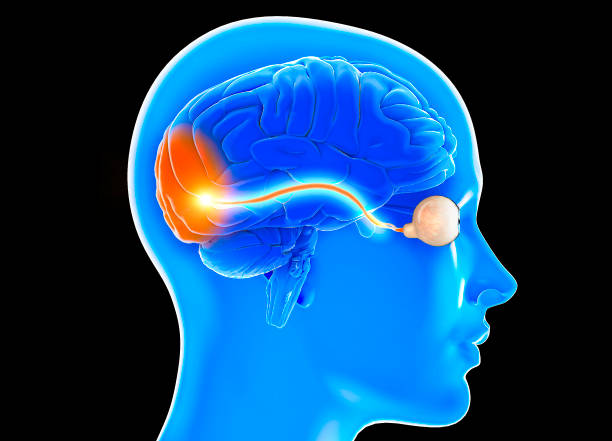Strabismus (Squint)
Misalignment of the eyes, where one eye may turn inward, outward, or upward.
Misalignment of the eyes, where one eye may turn inward, outward, or upward.
This condition causes blurred or distorted vision due to an irregularly shaped cornea.
Young children with uncorrected farsightedness may experience eye strain or have difficulty focusing on nearby tasks, which can affect reading or learning.
Children with myopia see near objects clearly but struggle with things farther away, such as the whiteboard.
Blocked tear ducts (nasolacrimal duct obstruction) are common in infants and can cause persistent tearing or discharge.
Some children are born with clouding of the lens, which may impair vision if not treated promptly.
Red, itchy, watery eyes are common in children with allergies or sensitivities.
Occurs when one eye develops poorer vision because the brain favours the other.
Inflammation inside the eye, which may be linked to autoimmune or infectious conditions. Symptoms include eye pain, redness, and light sensitivity.

Includes visual problems related to the optic nerve or brain, such as optic neuritis, double vision, or visual field loss. These require detailed evaluation and coordination with neurology.